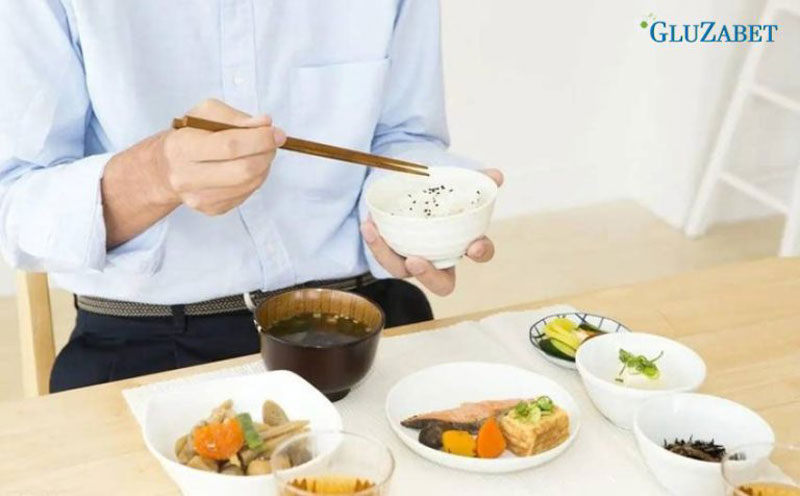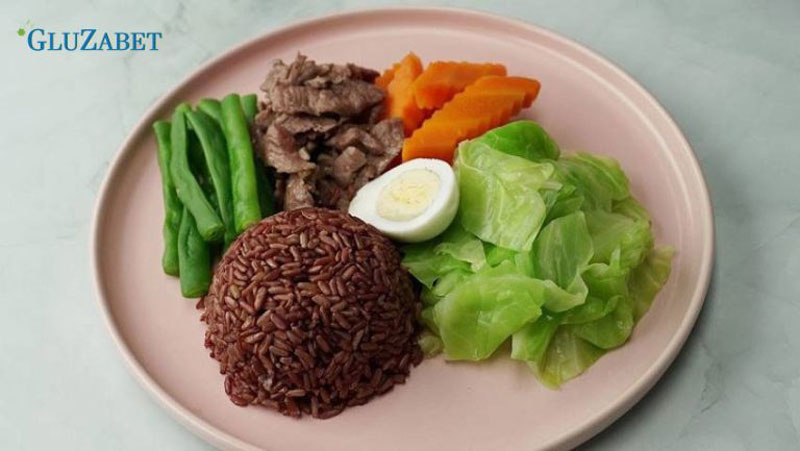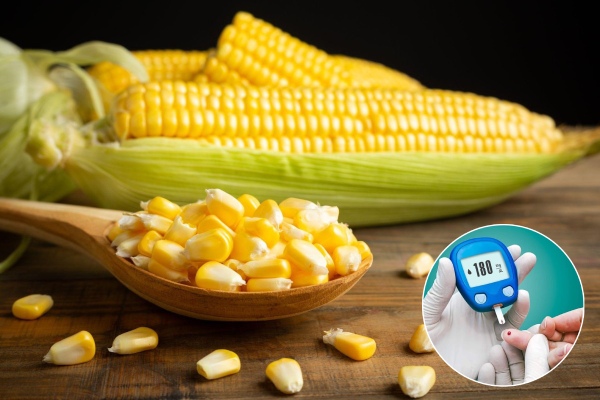Rice Quantity for Diabetics
For people with diabetes, rice is often considered an adversary and should be limited as much as possible to avoid raising blood sugar levels. So, how much rice should diabetics consume? In the article below, we will address these concerns and guide the most suitable rice consumption for diabetics.
Contents
Can Diabetics Eat Rice?
White rice contains little fiber and a lot of carbohydrates, with a high glycemic index that causes a sudden spike in blood sugar levels, which is particularly bad for diabetics. Eating a lot of white rice can lead to rapid sugar absorption, increasing the risk of developing diabetes.

However, this does not mean that diabetics must completely eliminate rice from their diet. Adjusting the amount of rice in meals reasonably is still feasible. Patients need to determine the appropriate amount of starch to maintain a healthy diet.
As with other carbohydrate-rich foods like grains, tubers, and pasta, the amount to consume should be discussed and advised by the treating physician to ensure the safest and most suitable diet.
The Most Suitable Rice Quantity for Diabetics
According to research, the recommended amount of carbohydrates per meal for diabetics should range from 45 to 60 grams, equivalent to one bowl of white rice.
To ensure a healthy diet, diabetics should reduce the carbohydrate intake by 10% compared to the needs of a normal person and increase the protein portion by 10% in meals. Factors such as weight and age also affect the carbohydrate needs.

Daily meals should be balanced with protein and healthy fats to reduce the impact of carbohydrates on raising blood sugar levels. To have a suitable diet and prevent negative progression, diabetics should consult specialists.
Refer to the article: Diabetic diet plan
Some Rice Alternatives for Diabetics
Besides understanding the suitable rice quantity for diabetics, you can also consider rice alternatives to maintain the best health condition. Here are some options:
- Brown Rice: Lower in starch compared to white rice, brown rice provides many vitamins and minerals, helping to control blood sugar effectively.
- Sweet Potatoes: Rich in fiber, sweet potatoes help you feel full without raising blood sugar levels, supporting diabetes control.
- Buckwheat: Buckwheat has high fiber content and low starch, effectively regulating blood sugar levels.
- Oatmeal: High in fiber, oatmeal is a good substitute for white rice, helping to control blood sugar and providing nutrition for the body.
However, it is most important to combine various foods to ensure balance and nutritional diversity in the daily diet.

Conclusion
The detailed answer above helps you resolve the question of how much rice diabetics should consume. Hopefully, this information will help you understand scientific eating habits and effectively improve your condition. And do not forget to contact doctors or nutrition experts for advice if you have any issues. Wishing you good health and effective diabetes control!
See more:





